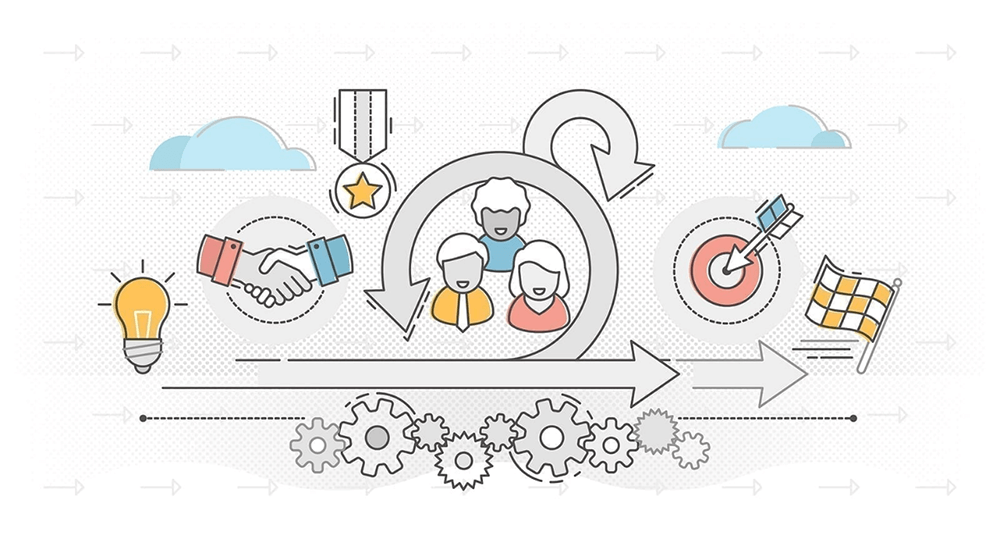Effective management sees every project as a learning experience. Nobody ever learned from doing things right in the first instance, after all. For any project, planning is key. This is especially true for software projects.
By rule of thumb, the Software Development Life Cycle (SDLC) follows a six-phase model; planning, analysis, design, development & implementation, testing, and maintenance. Such a system governs the evolving project timeline and ensures consistent management throughout.So, what are the crucial management steps to run a software project to deliver both efficiency and results? Let’s take a look.
Define The Desired Achievement
Outlining the intention of the project is fundamental. Understanding the problem, and through analysis, building a prospective solution builds the schema that will lead the project journey. You must understand the ultimate goal.
From a software project management perspective, accept that this outline is likely to evolve through the development stages. As further data and analysis are collected, certain weaknesses and strengths will surface. These will influence the overall construction and format of the completed software program. Consequently, agility is essential for reactivity to changes.
Data, Analysis, And Design
Before there is an answer, there are many questions. While the intention has been outlined, the software project development hinges on the meticulousness of the data and analysis retrieval. The way the final software will be used, who by, where, and, of course, why it is even necessary are all critical questions when defining an optimal approach to the final project.
The design element is then constructed from the collected findings. This project phase specifies the technical requirements of the project and the expected system architecture. With a design structure, the team working on the project sing from the same hymn sheet.
Character, Clarity, And Communication
When determining goals, it is also worth identifying the ideal employees who will carry the project to glory. These people will understand the desired achievement like the back of their hand, and they will be part of the project journey from start to finish using the six-phase SDLC and project goal outline.
Success also boils down to the people involved. Therefore, you must consider the unique skills, work ethic, and professional characteristics of the prospective team – and their overall compatibility. Their ability to collaborate to provide feedback, inputs, and deliver the final results will inevitably influence the software project life cycle.
The software project goal is the first point for which clarity and collaboration are enabled as the team has a tangible outline. As the project unfolds, effective management calls for transparency and communication throughout the development team so the process remains consistent.
Nothing Is Linear
Through evolving knowledge, there will be changes to the project both during the development and the testing stages – predicting every chink in the final software armor is unlikely. The point of testing is that when any new or unforeseen problems (or lessons) arise, it is possible to arrive at a solution. Acceptance and expectation are key; this way, management, and the team can quickly adapt and learn from the lesson to deliver a stronger result.
The work doesn’t end when the software is finally activated, deployed, or implemented. As the digital world transitions and advances, the software is always faced with modernization, bug fixes, and, of course, how effectively it achieves the anticipated goal in practice.
Do You Have What It Takes?
Managerial presence during a software project is paramount. Software project managers must own a diverse set of skills to combat the ultimate project delivery. From liaising with clients, stakeholders, and the project team, to preserving a standard of efficiency, meanwhile, driving for results, requires commitment and highly attuned soft skills.
Also, being aware, and having a plan ready for necessary future care and routine maintenance will solidify the final steps to an effectively managed software project. The managerial responsibilities are, therefore, on-going. That said, the belief that every project is a learning experience helps to regard the role as a space for consistent personal and professional development. Therefore, while software project management is demanding, the sense of achievement is unparalleled and incessant.

